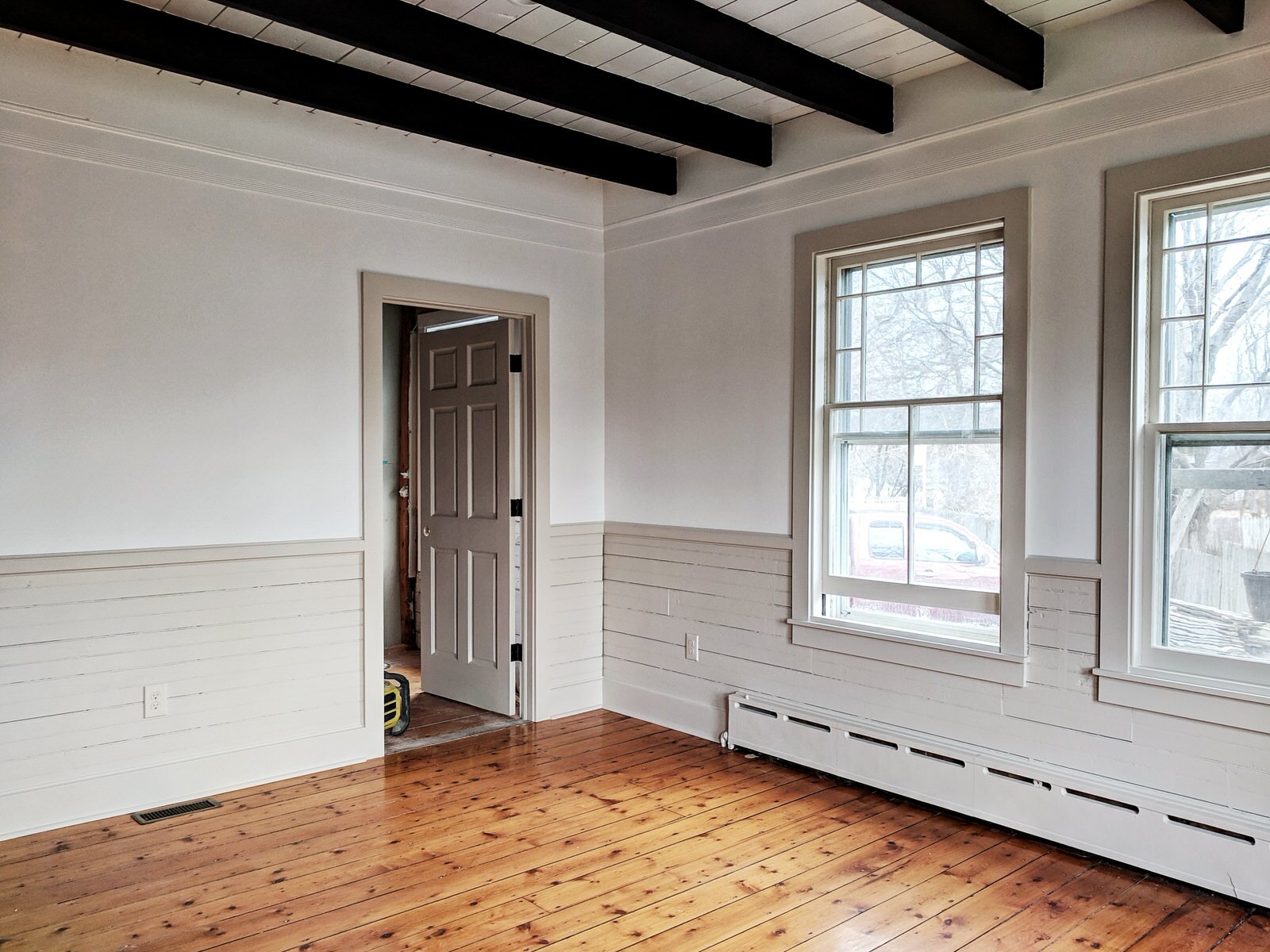How To Restore Or Replace Old Window Sash Weights
How To Restore Or Replace Weights In Old Single Pane, Double Hung Window
Thursday's train ride into the city, for my other, not DIY weekend warrior princess, job goes something like this. Get on train. Check Instagram. Check Pinterest. Get inspired. Check Google for "How To's" in order to realize new found inspiration. This has been the case since we purchased Content. but there has been one ongoing project that may never entirely start or finish. Windows.
Google search: "Restoring old windows". In this instance, Google churned out a ton of This Old House articles and this is what I learned,
"Single-pane double-hung windows from the 19th century don't have the best of reputations. They can be notoriously drafty, full of rattles, loose in the joints, or can simply refuse to budge. But as a number of studies have shown, when these windows are properly weatherstripped and paired with good storm windows, they can match the performance of new double-pane units for much less than the new ones cost."
Basically all I retained from that article was "for much less than the new ones cost". Amen. We're broke.
I l.o.v.e our old windows so much. I have time. Elbow grease is free. I can learn to chalk. Let's make these babies outshine the new, expensive stuff we can't afford anyway.
Then I remembered we have 50 windows, began to cry, curled up into a ball and slowly sank into a reno induced depression (which side bar, happens every 72 hours nowadays).
Then, my Dad showed up! Oh, thank god...
He told me I was not a cute crier and we got to work. He has spend his life painting and wallpapering (which will certainly come in handy over and over in this reno) but he's also a general know-how-to-do-everything type guy.
We started out simply trying to get all the bottom panels to open. Many had been painted shut over the years, and others had lost their internal weight, pulley system. Time spent just opening windows: approx 4.5 hours.
After that Dad, wanting nothing to do with fixing the weights and pulleys, left me and got started sanding and chalking. Alone again, I started to cry again. But then my sister, Lindsey, showed up! Oh, thank god... She told me I was not a cute crier and we got to work.
John handed us a crowbar, needle nose plyers, tin snips, 50 feet of metal chain, a hammer, WD40 and a box of wine. Phew! At least I know what to do with one of these items.
We played Clue for a couple minutes: "It was Mrs White, in the courtyard, with a hammer," then we actually got to work.
Fixing the weights was tough. We turned to YouTube, got our bearings and jumped right in.
First (said YouTube), you remove the window trim to expose the sill.
To do this we used a small crow bar, trim lifter and pry bar/scraper set which helps with removing the trim in one piece and without damaging the wall. Using the scraper set, score along the trim line to breakdown the bond of the paint between trim pieces. It may be necessary to use a hammer to get the crow bar between the trim.
I like a 15” crow bar for trim removal because it is easy to handle, but gives you enough angle to work with.
Then you remove the entire bottom pane and open the wall to expose the weights which hang or (in our case) have broken from their cord and sit somewhere in the wall.

Once you locate the weight and clean off 100 years of cobwebs; the old cord is removed, pulled from the side of the actual window and replaced with sash rope or chain.
We strung the chain, crimped the metal, and here's where it got tricky. You have to simultaneously feed both chains on the wheels to get them balanced.
Downside: We made some mistakes, only completed 3 windows, and wasted way more time than any professional would have.
Upside: We had fun, I cried far less with my sidekick and the total cost, so far, is only $40.
Who's volunteering to help me replace the sump pump... in the creepy basement? Anyone? Anyone? Bueller...





